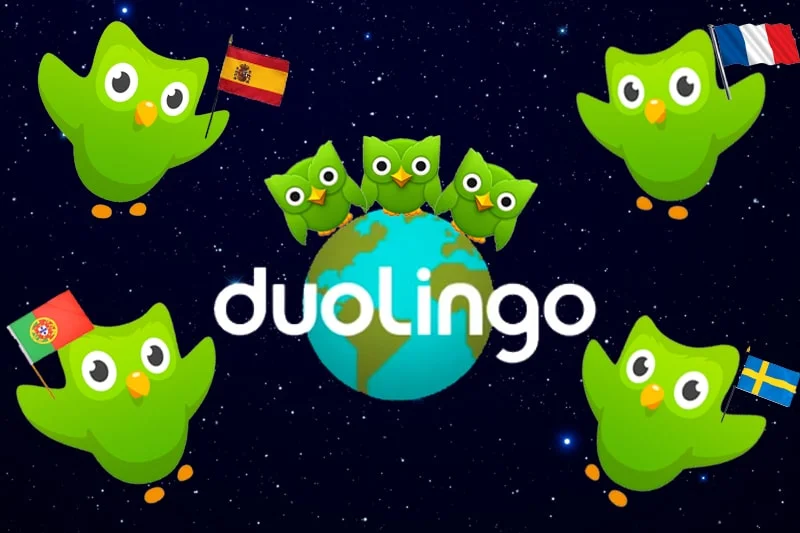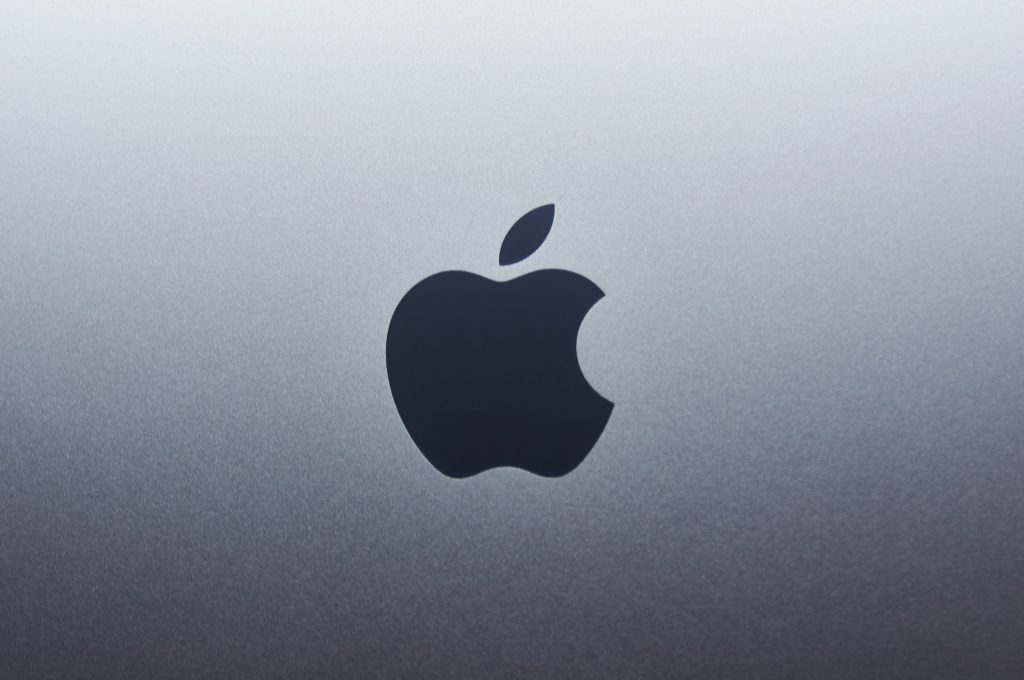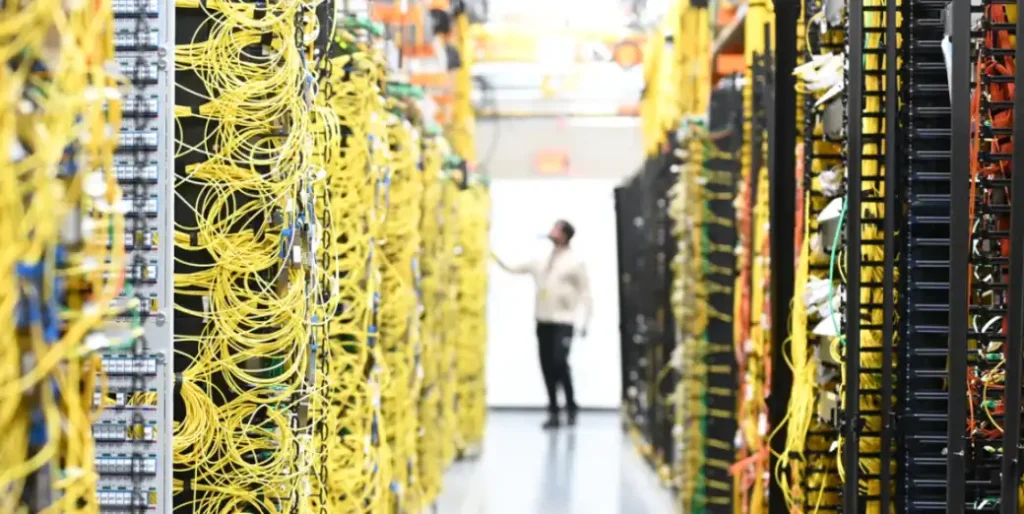Duolingo has officially declared a strategic transformation that will place artificial intelligence at the heart of its operations. In an internal memo recently shared on LinkedIn, CEO and co-founder Luis von Ahn outlined the company’s vision to adopt an “AI-first” approach. This pivot aims to enhance efficiency, reshape internal workflows, and accelerate content creation by integrating advanced AI tools into nearly every aspect of its work.
According to von Ahn, this transition will not merely involve adjusting current methods—it will require a complete reimagining of how the language-learning platform functions. He emphasized that the company will stop assigning tasks to contractors if those responsibilities can be handled by AI. Additionally, Duolingo plans to embed AI usage into both its hiring criteria and performance evaluations, and will only approve new hires in teams that are unable to further automate their workload.
A Future Built on Automation, Not Elimination
Despite concerns about job displacement, von Ahn reassured staff that the company’s transformation is not about replacing people with machines. Instead, the goal is to eliminate time-consuming, repetitive tasks so that employees—known internally as “Duos”—can concentrate on solving complex challenges and producing creative work.
Von Ahn made it clear that Duolingo remains committed to its workforce and intends to support staff throughout the transition. This includes offering training, mentorship, and improved tools to help employees integrate AI into their daily responsibilities. “Change can feel intimidating,” he acknowledged, “but it also presents a powerful opportunity to stay ahead of the curve.”
Scaling Learning Through AI-Generated Content
One of the most compelling reasons behind Duolingo’s AI push is the need to expand its educational content at scale. Von Ahn explained that traditional methods of creating lessons are too slow and resource-heavy to meet growing global demand. By leveraging AI, Duolingo has already overhauled its content development process—achieving faster production without sacrificing quality. “Without AI, we’d need decades to build the learning materials we need,” he said. “Our learners deserve access to that content much sooner.”
This AI-driven model has already begun delivering results. Von Ahn highlighted a key breakthrough: replacing a sluggish, manual system for producing content with an AI-powered alternative. The change has significantly accelerated their output, aligning with Duolingo’s mission to make education universally accessible.
Innovation in Product Development and Strategy
Beyond content, AI is also unlocking new possibilities in product development. One standout feature now made possible through AI is the “Video Call” experience, which von Ahn claims brings Duolingo closer than ever to replicating the effectiveness of live tutoring by human instructors.
He compared the current shift to a previous pivotal moment in the company’s history. In 2012, Duolingo bet big on mobile, choosing to build a mobile-first platform at a time when competitors were simply repurposing their websites. That early investment paid off when the company won Apple’s 2013 iPhone App of the Year, a milestone that fueled its organic user growth.
Now, von Ahn believes a similar inflection point is here—with AI poised to shape the future of how people learn and interact with technology. “AI isn’t just a tool to boost productivity,” he said. “It’s the foundation of our next chapter.”
Clear Guidelines for the AI Transition
To guide this evolution, Duolingo will implement a set of structured policies:
-
The company will gradually phase out contractors whose work can be automated.
-
Candidates will be evaluated on their ability to use AI tools during the hiring process.
-
Employee performance reviews will factor in how well individuals leverage AI in their roles.
-
New hires will only be approved if teams have maximized automation potential.
-
Each department will introduce specific initiatives aimed at fundamentally transforming how they operate.
These guidelines reflect Duolingo’s belief that minor process tweaks won’t suffice. Instead, the company is committed to rebuilding systems from the ground up, even if that means moving forward before every AI feature is fully perfected. Von Ahn emphasized a sense of urgency, noting that they would rather accept occasional imperfections than delay progress and risk falling behind.
Following the Lead of Industry Peers
Duolingo’s decision mirrors broader trends across the tech sector. Recently, Shopify CEO Tobi Lütke issued a similar directive to his employees, urging teams to prove why AI couldn’t meet their needs before requesting additional resources or headcount. Like Duolingo, Shopify is pushing toward a future where AI isn’t optional—it’s central to how companies scale and innovate.
As AI continues to reshape work across industries, Duolingo’s commitment to this technology signals a significant evolution in how education companies operate. While the company acknowledges the growing pains that come with transformation, it views this shift as essential to delivering on its mission: providing high-quality language education to learners everywhere, faster and more effectively than ever before.












